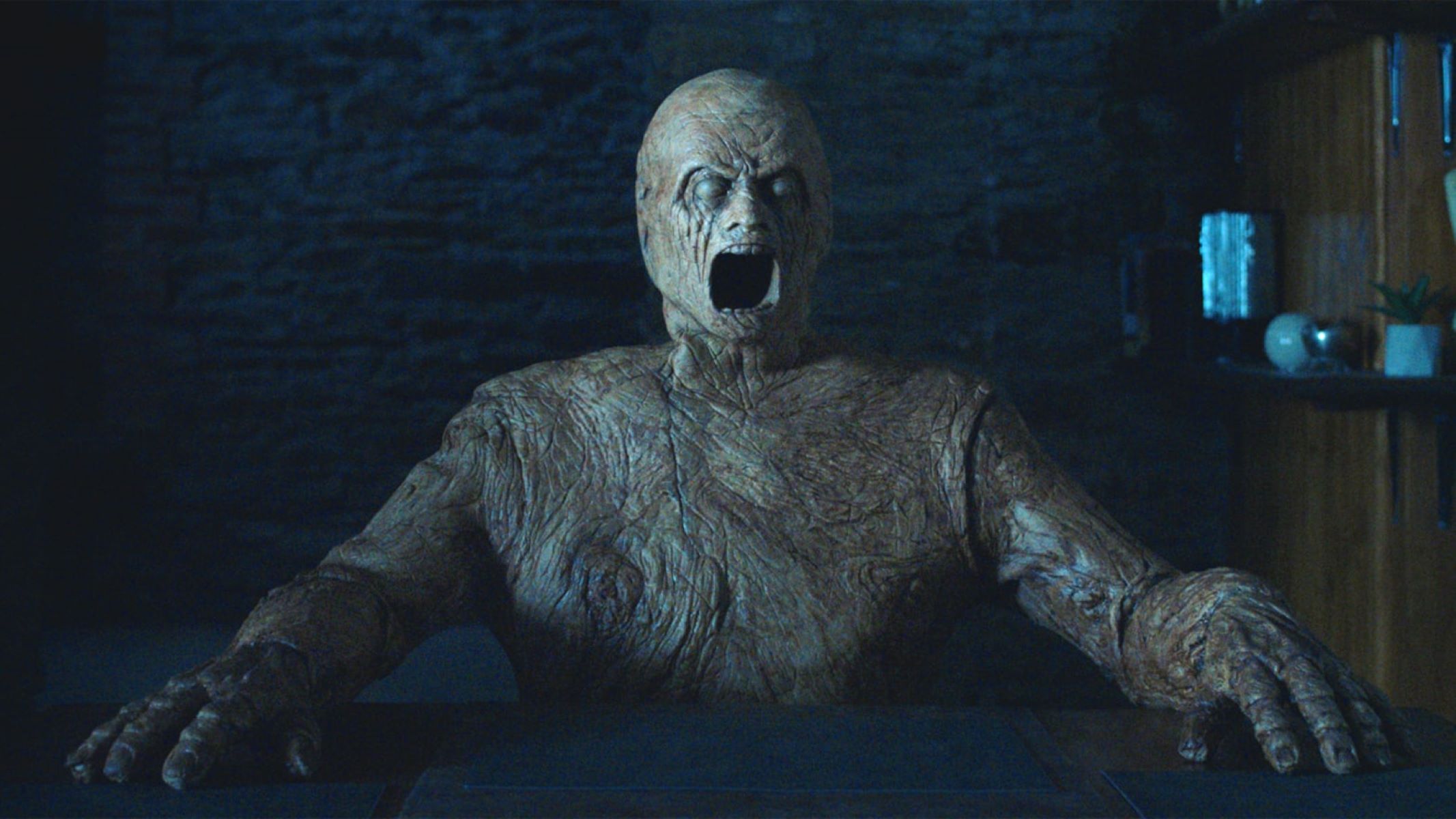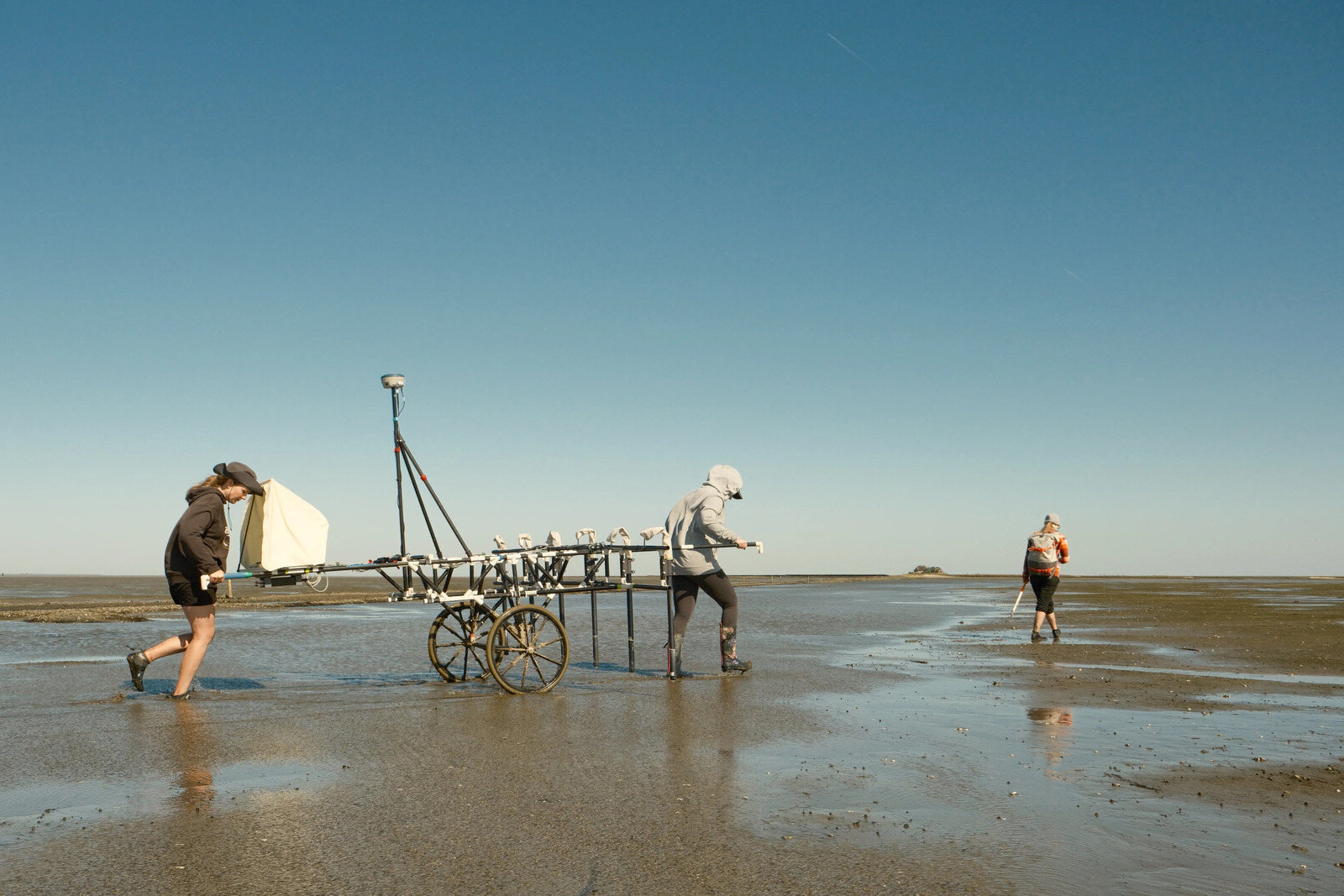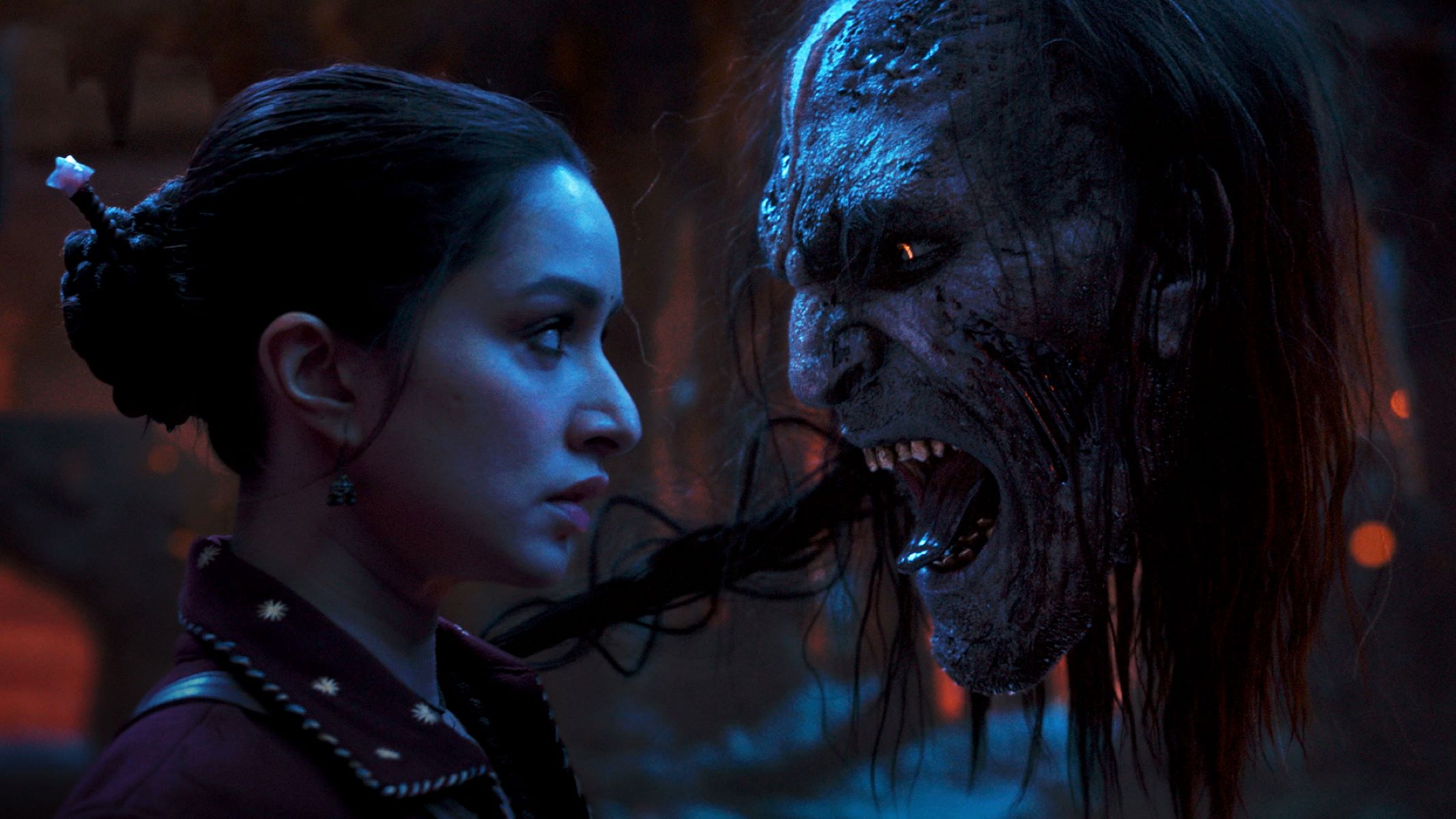
Ever wondered what makes "2001: A Space Odyssey" such a timeless classic? Stanley Kubrick's 1968 masterpiece isn't just a film; it's a groundbreaking journey through space, time, and human evolution. From its innovative visual effects to its philosophical themes, this movie has left an indelible mark on cinema. Did you know that the iconic "Star Gate" sequence was created using a technique called slit scan photography? Or that Carl Sagan influenced the depiction of alien life forms? Whether it's the enigmatic monoliths, the chilling HAL 9000, or the birth of the Star Child, every element of this film is meticulously crafted. Let's dive into 40 fascinating facts about this cinematic gem.
Key Takeaways:
- "2001: A Space Odyssey" revolutionized visual effects with innovative techniques like slit scan photography and a rotating Ferris wheel set, setting new standards for science fiction filmmaking.
- The film's collaboration with experts, iconic characters like HAL 9000, and its rich symbolism have left a lasting impact on popular culture and inspired filmmakers to explore grand themes.
Innovative Visual Techniques
"2001: A Space Odyssey" is renowned for its groundbreaking visual effects. Let's explore some fascinating facts about the innovative techniques used in the film.
-
Slit Scan Photography: Special effects supervisor Doug Trumbull developed slit scan photography to create the "Star Gate" sequence. This technique used a piece of glass with a slit in the center to stretch objects, creating a mesmerizing visual effect.
-
Rotating Ferris Wheel Set: A massive 30-ton rotating Ferris wheel set was built to portray the Discovery's gravity. This set allowed for realistic depictions of astronauts walking in a zero-gravity environment.
-
Double-Sided Sticky Tape: To achieve antigravity effects, the team used double-sided sticky tape. This simple yet effective method helped create the illusion of floating objects.
Influences and Collaborations
The film's authenticity and depth were enhanced by collaborations with experts and influences from various fields.
-
Carl Sagan's Input: Astrophysicist Carl Sagan advised Kubrick on depicting alien life forms. Sagan suggested that aliens would not resemble anything terrestrial, adding scientific credibility to the film.
-
NASA Consultation: Kubrick consulted with NASA to ensure the scientific accuracy of space travel depictions. This collaboration resulted in realistic portrayals of spacewalks and zero-gravity environments.
-
Professional Mimes: For the "Dawn of Man" sequence, Kubrick hired professional mimes to portray the apes. Their unique movements added authenticity to the early scenes.
Iconic Characters and Symbols
The film features memorable characters and symbols that have left a lasting impact on audiences.
-
HAL 9000: Originally intended to be a female computer named Athena, HAL 9000 became one of the most iconic characters in science fiction. Douglas Rain's calm yet menacing voice brought HAL to life.
-
The Monolith: The enigmatic black monolith symbolizes a catalyst for human evolution. Its design went through several changes before Kubrick settled on the flat, solid black rectangular shape.
-
The Star Child: The final scene features the birth of the Star Child, representing the next stage of human evolution. This metaphysical journey explores the potential for transcendence.
Scientific Accuracy and Attention to Detail
Kubrick's meticulous attention to detail ensured the film's scientific accuracy and visual storytelling.
-
Minimal Dialogue: The film relies heavily on visual storytelling, with only 40 minutes of spoken words in its 142-minute running time. This approach emphasizes the visual and philosophical aspects of the story.
-
Spacewalk Accuracy: The deep space showdown between Bowman and HAL was rigorously checked for scientific accuracy. The team verified that humans could survive in space without a helmet for a few seconds.
-
Space Station Depictions: The film's depiction of space stations and video screens was ahead of its time. Scenes like Dr. Floyd talking to his daughter via a screen predicted modern communication technology.
Production Challenges and Delays
Creating such a groundbreaking film came with its share of challenges and delays.
-
Four-Year Production: The film took over four years to complete due to the complex visual effects and Kubrick's perfectionism. This dedication resulted in a visually stunning and philosophically profound film.
-
Massive Sets: The film was shot almost entirely indoors at Shepperton Studios and MGM-British Studios. Massive sets, including a 55-foot-long model of the Discovery One spaceship, were built for the film.
-
Costly Centrifuge: The Discovery's command center, a giant centrifuge, was built full-size on a soundstage. It cost $750,000 and rotated at three miles an hour to create artificial gravity.
Cultural Impact and Legacy
"2001: A Space Odyssey" has left an indelible mark on popular culture and filmmaking.
-
Mixed Initial Reception: Upon its release, the film received mixed reviews. Some critics dismissed it as self-indulgent, but over time, it has been recognized as a groundbreaking work of science fiction.
-
Influence on Filmmakers: The film has influenced countless filmmakers, inspiring them to explore grand themes and push the boundaries of cinematic storytelling.
-
Awards and Nominations: The film won an Oscar for Best Special Visual Effects, with Kubrick receiving his only individual Academy Award. It was also nominated for Best Original Screenplay and Best Art Direction.
Symbolism and Themes
The film is rich in symbolism, exploring themes of human evolution, artificial intelligence, and the mysteries of the universe.
-
Crucifix Symbolism: The aligned planets and monolith at the beginning of the Star Gate sequence form a crucifix. This alignment symbolizes the intersection of human and divine.
-
Human Evolution: The film's narrative follows humanity's journey from primitive tool use to spacefaring civilization, exploring the potential for technological advancement and transcendence.
-
Artificial Intelligence: HAL 9000's calm yet menacing personality highlights the dangers of artificial intelligence. The character's actions raise questions about the relationship between humans and machines.
Memorable Scenes and Sequences
Certain scenes and sequences in the film have become iconic, leaving a lasting impression on audiences.
-
Match Cut: One of the film's most famous moments is the match cut from the Dawn of Man sequence to deep space. This transition symbolizes the leap from primitive tools to advanced technology.
-
HAL's Death Song: The scene where Bowman deactivates HAL, who sings "Daisy Bell," is one of the most iconic moments in the film. It symbolizes the end of an era and the transition to a new stage of human evolution.
-
Chess Game: HAL's chess game with astronaut Frank Poole highlights the computer's intelligence and ability to outmaneuver humans. This scene adds to the tension and suspense of the film.
Differences Between Book and Film
There are notable differences between Arthur C. Clarke's book and Kubrick's film adaptation.
-
Destination Change: In the book, the Discovery One mission heads to Saturn, while in the movie it is Jupiter. Kubrick changed the planet due to dissatisfaction with the special effects team's attempts to visualize Saturn's rings.
-
Final Line: The book contains astronaut Dave Bowman's final line, "My God, it's full of stars!" This line was not in the movie but was heard in the 1984 sequel, "2010: The Year We Make Contact."
-
Nuclear Ending: The film was originally supposed to end with Bowman detonating nuclear weapons in orbit around Earth. Kubrick decided against this ending, feeling he had addressed the nuclear issue in "Dr. Strangelove."
Behind the Scenes
Behind-the-scenes details reveal the dedication and creativity involved in making the film.
-
Gary Lockwood's Role: Actor Gary Lockwood, who played astronaut Frank Poole, had appeared in the second pilot of "Star Trek" two years earlier. His character's murder by HAL added to the film's tension.
-
Keir Dullea's Performance: Actor Keir Dullea, who played astronaut Dave Bowman, brought depth and emotion to the film's narrative. His journey from primitive tool use to spacefaring civilization is central to the film's themes.
-
Douglas Rain's Voice: Douglas Rain recorded HAL's lines while barefoot, resting his feet on a pillow to maintain the character's relaxed tone. This added to HAL's calm yet menacing personality.
Fun Facts and Trivia
Here are some fun facts and trivia about the making of "2001: A Space Odyssey."
-
Monolith's Material: The iconic monolith was made of wood and a special graphite mix black paint to achieve an extremely smooth sheen.
-
Scientific Inspiration: The scene where Bowman deactivates HAL was inspired by a visit Clarke made to Bell Labs. This scene has become one of the most iconic moments in the film.
-
Chess Game Accuracy: HAL claims checkmate will occur in two moves, but it would actually take three. This detail highlights HAL's intelligence and ability to outmaneuver humans.
-
Electronic Tablets: The use of electronic tablets by astronauts Bowman and Poole looks very much like modern-day tablet devices. This depiction was ahead of its time.
-
Minimal Dialogue: The film features only 40 minutes of spoken words in its 142-minute running time. This approach emphasizes the visual and philosophical aspects of the story.
-
Production Delays: The film took over four years to complete due to the complex nature of the visual effects and Kubrick's perfectionism.
-
Massive Sets: The film was shot almost entirely indoors at Shepperton Studios and MGM-British Studios. Massive sets, including a 55-foot-long model of the Discovery One spaceship, were built for the film.
-
Costly Centrifuge: The Discovery's command center, a giant centrifuge, was built full-size on a soundstage. It cost $750,000 and rotated at three miles an hour to create artificial gravity.
-
Mixed Initial Reception: Upon its release, the film received mixed reviews. Some critics dismissed it as self-indulgent, but over time, it has been recognized as a groundbreaking work of science fiction.
-
Influence on Filmmakers: The film has influenced countless filmmakers, inspiring them to explore grand themes and push the boundaries of cinematic storytelling.
The Lasting Impact of 2001: A Space Odyssey
"2001: A Space Odyssey" remains a cinematic masterpiece, blending groundbreaking visual effects, philosophical themes, and scientific accuracy. Stanley Kubrick's attention to detail and innovative techniques, like slit scan photography, set a new standard for sci-fi films. The enigmatic monolith, HAL 9000, and the Star Child continue to captivate audiences, sparking discussions about human evolution and artificial intelligence.
The film's minimal dialogue and reliance on visual storytelling create a unique experience that resonates even today. Despite initial mixed reviews, its cultural impact is undeniable, influencing countless filmmakers and leaving a lasting mark on popular culture. Winning an Oscar for Best Special Visual Effects, the movie's legacy endures, inspiring new generations to explore the mysteries of the universe. "2001: A Space Odyssey" is more than a film; it's a timeless journey into the unknown.
Frequently Asked Questions
Was this page helpful?
Our commitment to delivering trustworthy and engaging content is at the heart of what we do. Each fact on our site is contributed by real users like you, bringing a wealth of diverse insights and information. To ensure the highest standards of accuracy and reliability, our dedicated editors meticulously review each submission. This process guarantees that the facts we share are not only fascinating but also credible. Trust in our commitment to quality and authenticity as you explore and learn with us.


